-
Posts
3,529 -
Joined
-
Last visited
-
Days Won
62
Content Type
Profiles
Forums
Gallery
Downloads
Blogs
Events
Store
Aircraft
Resources
Tutorials
Articles
Classifieds
Movies
Books
Community Map
Quizzes
Videos Directory
Posts posted by Blueadventures
-
-
24 minutes ago, Freizeitpilot said:
 I have one of these if that helps, but it is constructed of aluminium, not steel…….and it has a crack on the bend of the handle. It appears this point is where all of the ‘flex’ force becomes focussed when the wheel attachment points are opened out, and ultimately fails.
I have one of these if that helps, but it is constructed of aluminium, not steel…….and it has a crack on the bend of the handle. It appears this point is where all of the ‘flex’ force becomes focussed when the wheel attachment points are opened out, and ultimately fails.
It’s a pity - the lightweight is great, but trying to repair thin aluminium tubing is a tad tricky.
Maybe wrap area in tape and epoxy?
-
 1
1
-
-
2 hours ago, Blueadventures said:
Will do; If you can arrange getting it from Mackay to you, you are welcome to borrow it for a month or two and send back up. Hopefully you will get hold of one closer to you. Any way I'll try and make time to call over and get it tomorrow afternoon and send some details and images. Cheers.
Or I could trace out its outline on paper and post to you with the dimensions on the outline.
-
 1
1
-
-
1 hour ago, Admin said:
Also @Blueadventures remember if possible, photos speak a thousand words unless you are @red750 who may photoshop some of his joke photos...hehe 🤣
Will do; If you can arrange getting it from Mackay to you, you are welcome to borrow it for a month or two and send back up. Hopefully you will get hold of one closer to you. Any way I'll try and make time to call over and get it tomorrow afternoon and send some details and images. Cheers.
-
HI Ian I have one in my hangar I'll get out there on Sunday and can get some measurements for you. Hopefully you track down one locally. Cheers.
-
 1
1
-
-
That’s a hard hit. Doesn’t look good.
-
 1
1
-
-
4 minutes ago, KOL said:
Will do. Obviously no drag racing when I am using the venue for training.
I'm also familiar with the site, having been there several times to deliver towing training.Thanks for this info "All circuits are Downwind on West side; 18 right hand circuit, 36 left hand circuit (CTA very close to East). Parking is best on hangar side and at northern side of hangars."
All good , also meant to add that the strip is not the drag strip it is the sealed roadway between the drag strip and the hangars. It is used as the return road by the drag race cars from the drag strip back to the pits. And two wind socks at each end area on the east side. My hangar is the second one from the Northern end.
-
25 minutes ago, KOL said:
I deliver Learn to Tow Training at Palmyra and typically drive up from NSW, visiting Toowoomba, Bris, Rocky and Mackay. Ex Mackay and Townsville resident. I'd like to fly up for my next visit on 20 21 22 Dec 2024. Who do I contact for PPR landing and fuel (avgas)?
Send me a pm and I'll give you mine and two other phone contacts. PPR is necessary as its a private strip and is closed a few times a year when the drag strip is in use (an example is this Friday and Saturday coming its closed to aircraft and we cannot be at the hangars during the closure times - insurance reasons)
Orientation is 18/36 at 700 meters and sealed, ELV 60 FT, Freq 132.05. AvGas available, toilets and shower. All circuits are Downwind on West side; 18 right hand circuit, 36 left hand circuit (CTA very close to East). Parking is best on hangar side and at northern side of hangars.
Cheers
-
 1
1
-
-
6 hours ago, rodgerc said:
Myles Breitkreutz is up your way….Maybe Gladstone.
Agree, he knows his stuff and an L4.
-
Welcome to Queensland; you will enjoy an extra hours sleep in in the morning (no stupid daylight saving up here). What part are you moving to?
-
-
looking good.
-
 1
1
-
-
Just terrible decision making. Locals up here know the clouds build up in the Pioneer Valley area so many times a year this occurs. They are missed up here. The reason for the trips was to help with babysitting their grandchildren pretty much very fortnight so a big loss to families. The usual 'why didn't', 'if only' thoughts have been worked over. I expect he would have been looking for a hole in the cloud to get down to the clear air and came unstuck. Please no replies just sharing my knowledge and thoughts a little.
-
 2
2
-
-
-
35 minutes ago, Moneybox said:
Yes thank you, I do use Windy.com but today's weather blew up unexpectantly but it blew away just as quickly so I managed to get up for 0.8hrs. Now I'm a little more contented 😊
Nice, just be patient as the weather has got to suit the lesson plan task and experience. You will need to do the same when solo. Never give in to the get there itis pressures when you solo, it can be a killer.
-
 3
3
-
-
I voted No. What I do on 2 to 4.5 hour x/c flights is plan during the flight have some muesli / trail bars and sip water. An example is on a 4.5 hour flight at one hour into flight I have a small muesli bar, at two hours have another small bar at 3 hours have a larger / thicker size oat muesli bar at 4 hours have another small muesli bar and sip some water with each (an apple is at times used to replace a muesli bar at times if in season). The added benefit I believe is the eating / chewing is a beneficial distraction and fatigue / boredom management to the flying I'm doing. I don't have auto pilot and started the method as a glider pilot on 5 hours plus flights. The hour interval is good as coincides with some of my fuel checks etc. Normally fly non stop.
-
 1
1
-
-
52 minutes ago, danny_galaga said:
Hi Richard. Do you think the pilot may have had some sort of problem? Either airframe issue or perhaps maybe a medical drama of some sort? Having watched a number of flights it doesn't seem like something he would deliberately do? Was the engine running smoothly through the whole thing?
Abrupt take off attitude can occur in some aircraft if elevator trim not set for take off speeds and is inadvertently still back for slower landing flare speed / trim setting; after the last landing setting. (Not meant to be instruction just my experience.)
-
 2
2
-
 2
2
-
-
5 hours ago, Geoff_H said:
I wonder what stock they have? No .o4o 2024 T3 nor 1.5 x 1.5 inch 3/16 6061 T6 angle.
The employee I spoke to at Oshkosh mentioned a couple of shipping containers sent to kick things off and mentioned they were aware of service issues in past from the Qld rep as I mentioned briefly my experiences of purchases, delayed despatch and inquiries over the past 10 years and until as recent as 6 months ago and he indicated many similar. knowledge. Expect the new agent will do well and grow there stocks with peoples support.
-
 1
1
-
-
5 hours ago, BrendAn said:
There are 5 bristells at our airfield. All raas
3 up this way (Mackay, Whitsunday and Ayr)
-
 2
2
-
-
27 minutes ago, RFguy said:
There is a thing I think needs more focus on in classrooms and teaching.
I call ' dead man's height " where at about 10 feet you can stall and break to the main gear.
We've all been very close to it at some point in our flying during landing and training .
either --------you flared too early and you're still 10-15 feet above the ground but now speed / energy has decayed and you're only just at flying speed above the stall,
OR - you bounced...
this is a problem :
i) you cant do another flare,- the flare is an exchange of energy and there's no excess energy (speed) available to do this.
ii) and the speed will decay (while you are 10-15 feet in the air) to below stall before you come down to the ground . wing drop or sudden whole aircraft drop.
iii) and you cant point the nose toward the ground to get it down because you'll likely smack the nose on the ground -- as a nose down will kill any lift you have with sudden reducing the AoA and drop u like a stone on the nose.
Human reaction time isnt good enough to point nose at the ground from 10 feet away and then immediately bring it into some precision save.
If you are *lucky*, the aircraft will drop close enough the ground into ground effect and buy our aircraft a few more knots before stall. Likely is you'll pancake on the mains and the nose.
This save is more arse than class.
If you bounced because you had way too much airspeed on the first touchdown , and IF you know the airplane well and have experience, there's probably just enough for a 2nd flare/landing. It will still be a bit ugly and heavy.
You might think you can add a little throttle but this can leave you not falling but still decaying airspeed because the aircraft is in a high drag configuration (high AoA, flaps)
So, the decision has to be made for a committed go around a few knots above the critical speed. Down near the stall, aircraft control is usually sluggish and woeful, so dont wait till its like that !
This brings me back to non go-around strips. There has to be committment. And with that there needs to be precision with the approach (stabilised) , caution and preparedness and some rehearsed in your head actions.
For the tight ones I find I need to be on the numbers on base and keep there through turn onto final etc; comment not to be taken as any form of instruction.
-
 2
2
-
-
Money box the inlet to the fuel pump on engine is 8mm (5/16) outlet to carbs 6.3mm ( 1/4 ).
-
 1
1
-
-
41 minutes ago, danny_galaga said:
The only "earth" on my plane is the negative battery cable going to a bolt on the starter motor rear housing. Everything else is negative wired. The airframe almost certainly has negative potential because something will ground the engine to it somewhere along the way (for instance the throttle cable. Or maybe the Facet fuel pump) but it's not part of the "deliberate" electrical system.
41 minutes ago, danny_galaga said:The only "earth" on my plane is the negative battery cable going to a bolt on the starter motor rear housing. Everything else is negative wired. The airframe almost certainly has negative potential because something will ground the engine to it somewhere along the way (for instance the throttle cable. Or maybe the Facet fuel pump) but it's not part of the "deliberate" electrical system.
Just asking if the green wire from the RecReg going to the battery negative; also has a connection to the airframe? Like in the schematic.
On my build I has three negative ground posts that all grounds connect to so I'm not relying on the airframe connection to the battery negative for grounding circuit. Cheers.
-
 1
1
-
-
11 minutes ago, danny_galaga said:
You're preaching to the converted. Earth return on everything on my build. My regulator is hooked up directly to the positive and negative of the battery (well from memory to the bus bar) and the heat sink itself doesn't require an earth from memory as you can see from the differences in the two regulator diagrams.
And the negative green connects to airframe. As well as battery negative? Agree heat sink / mount does not need to be grounded.
-
Very nice; yep its a shame RAA not got their w&b back yet. Looking good and 99% done 45% to go. Cheers and thanks for update.
PS my Nynja was an October first flight and was flying the first 25 hours off in some unpleasant air turbulence at the end of the test hours when I knew the aircraft.
-
 1
1
-
-


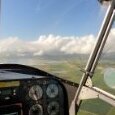
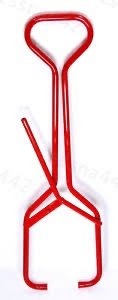

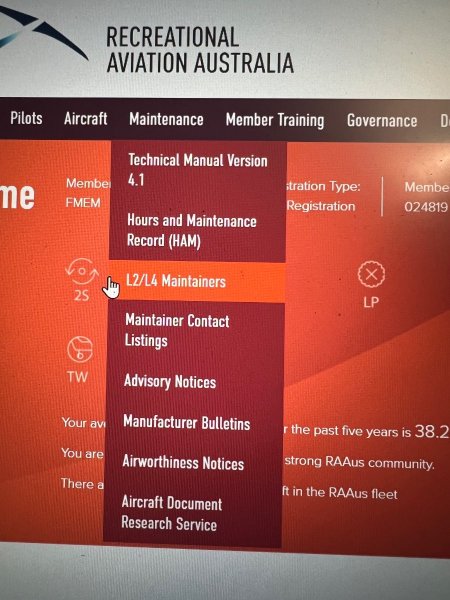
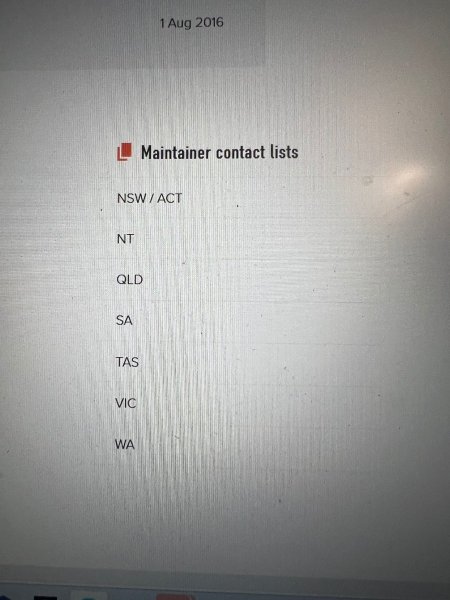

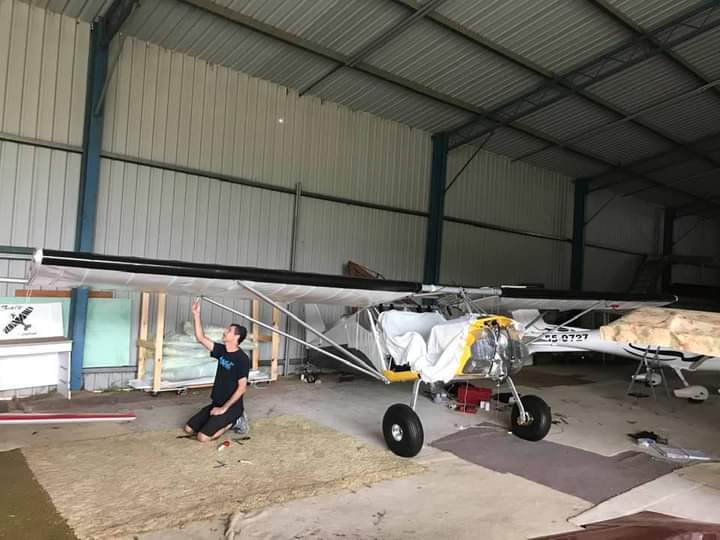
Mandatory Rotax compliance costs
in Engines and Props
Posted
Agree, could give an email with the details to the editor of the mag and such would make a worthwhile read for some. Cheers.